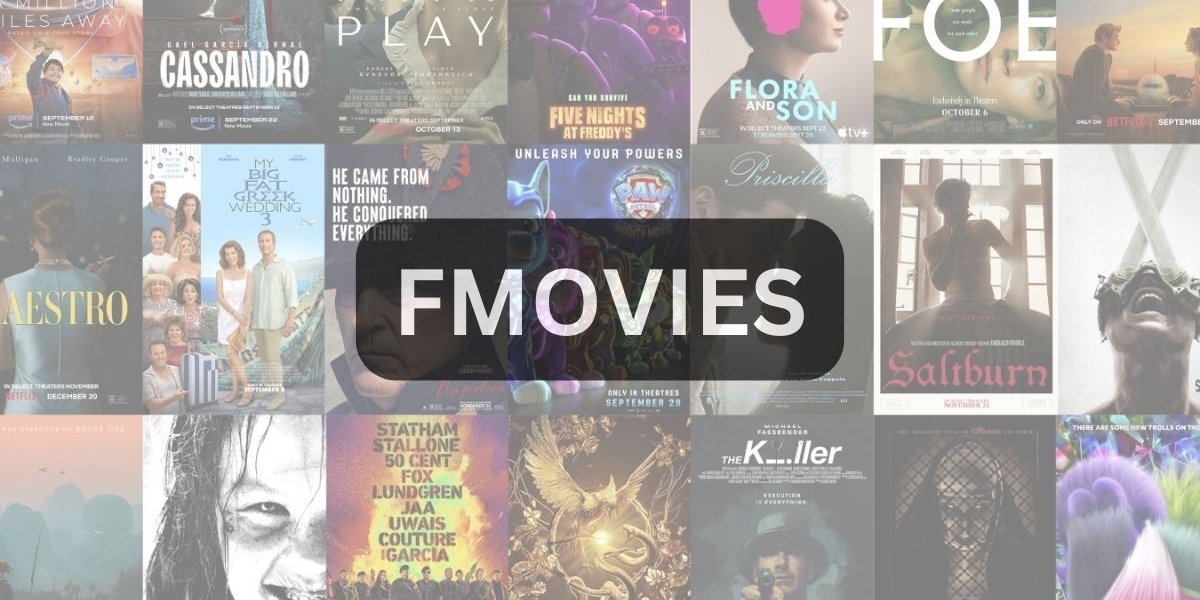Among these, FMovies has emerged as one of the most notable examples. This article explores the origins, development, and impact of FMovies, examining its implications for the entertainment industry, consumers, and the broader discourse on digital piracy.
Origins and Development
FMovies began its journey in the early 2010s, a period marked by a significant shift in how people consumed media. The rise of high-speed internet and the proliferation of smartphones and tablets created new opportunities for streaming content. Traditional cable television was gradually losing its dominance as viewers sought more flexible, on-demand options. In this environment, FMovies and similar platforms emerged, offering free access to a vast library of movies and TV shows.
The platform's appeal was immediate. Users were drawn to the promise of accessing the latest films and episodes without the constraints of subscription fees or geographic limitations. FMovies operated on a model that leveraged ad-supported streaming, which allowed it to provide content at no cost to users. However, the legality of this model was highly questionable, as FMovies did not have the rights to distribute the content it was offering.
The Legal and Ethical Implications
The legality of FMovies and similar sites is a complex issue. While the platform itself might appear to be a harmless provider of entertainment, it operates in a legal gray area. Distributing copyrighted material without authorization is a violation of intellectual property laws in many jurisdictions. Content creators, including filmmakers, actors, and writers, rely on licensing fees and royalties to earn a living. By providing free access to their work without compensation, platforms like FMovies undermine the financial foundation of the entertainment industry.
Moreover, the ethical implications are significant. Consumers who access content through these platforms often do so without fully understanding the impact of their actions. The allure of free content can obscure the fact that creators and industry professionals are not being fairly compensated for their work. This disconnection between consumer behavior and the consequences for content creators reflects broader issues of digital entitlement and the undervaluation of creative labor.
Impact on the Entertainment Industry
FMovies and similar sites have had a profound impact on the entertainment industry. On one hand, they have contributed to a decline in revenue for traditional media companies and streaming services. The availability of free, pirated content can divert potential subscribers away from legitimate platforms, affecting the financial stability of studios and distributors. This shift has led to increased efforts by the industry to combat piracy through legal action and technological solutions.
On the other hand, the rise of platforms like FMovies has also prompted the entertainment industry to adapt and innovate. The proliferation of streaming services, for example, is a direct response to changing consumer preferences and the need to offer more accessible, on-demand content. Companies like Netflix, Hulu, and Disney+ have developed sophisticated platforms that provide a legal alternative to piracy, often featuring exclusive content and user-friendly interfaces.
Consumer Behavior and Perception
The consumer perspective on FMovies and similar platforms is multifaceted. For some, the appeal of free content is irresistible, particularly in an era where subscription fatigue is prevalent. The rising costs of multiple streaming services can lead users to seek out alternative sources of entertainment. FMovies, with its promise of no-cost access, appears as a tempting option.
However, consumer attitudes towards digital piracy are not universally supportive. Increasingly, there is a growing awareness of the consequences of pirating content. Reports and campaigns highlighting the impact on creators and the potential risks associated with using unauthorized sites—such as malware and data breaches—have contributed to a more nuanced understanding of digital piracy.
Additionally, the rise of legal streaming options has made it easier for consumers to choose legitimate sources of content. As subscription services offer more competitive pricing and user-friendly features, the incentive to turn to pirated sites like FMovies diminishes. The industry's efforts to provide value through exclusive content, high-quality streaming, and personalized recommendations have helped shift consumer behavior towards legal alternatives.
Technological and Legal Challenges
The technological landscape surrounding digital piracy is constantly evolving. FMovies and similar platforms often rely on various techniques to evade detection and legal action. These can include frequent domain changes, the use of proxy servers, and encryption technologies. The constantly shifting nature of these sites makes it challenging for authorities to address the issue effectively.
Legal measures against piracy have also evolved in response to these challenges. Copyright holders and industry groups have pursued legal action against FMovies and similar platforms, seeking to shut down their operations and prevent the distribution of pirated content. International cooperation and coordinated efforts have been crucial in tackling the global nature of digital piracy.
At the same time, technological solutions such as digital rights management (DRM) and anti-piracy software have been developed to protect content and prevent unauthorized distribution. These measures are not without their own challenges, including issues of user privacy and the potential for DRM-related restrictions to impact legitimate users.
The Future of Streaming and Piracy
Looking ahead, the future of streaming and digital piracy is likely to be shaped by several key factors. The continued growth of legal streaming services and the increasing availability of affordable, high-quality options are expected to reduce the appeal of pirated content. As technology advances, new methods for combating piracy and protecting intellectual property will continue to be developed.
However, the underlying issues related to consumer behavior, pricing models, and access to content will remain important. The entertainment industry must navigate these challenges while finding ways to balance accessibility with fair compensation for creators. The ongoing dialogue between industry stakeholders, consumers, and policymakers will be crucial in shaping a sustainable and equitable digital media landscape.
Conclusion
FMovies represents a significant chapter in the story of digital piracy and streaming media. Its rise and impact illustrate the complex interplay between consumer demand, technological innovation, and legal and ethical considerations. While the platform offers a clear example of the challenges faced by the entertainment industry, it also highlights the broader issues of content accessibility, creator compensation, and consumer responsibility.
As the digital media landscape continues to evolve, the lessons learned from the FMovies phenomenon will be invaluable in guiding future developments. The ongoing efforts to address piracy and support the creative industries will shape the future of streaming and entertainment, ultimately influencing how we consume and value content in the years to come.









